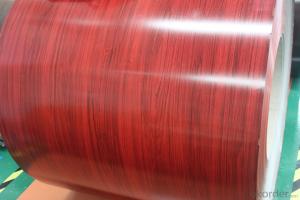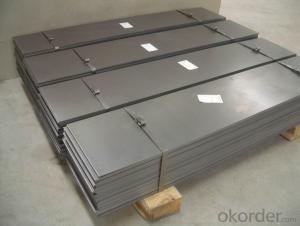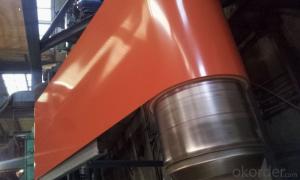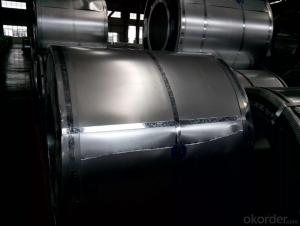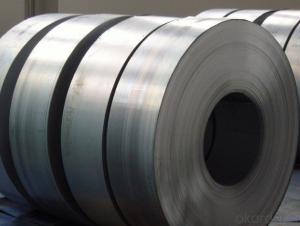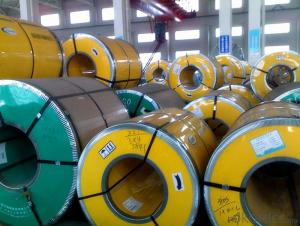Good Quality Printing Steel Plate-Wooden Pattern-0.45*1250 Z80g
- Loading Port:
- China Main Port
- Payment Terms:
- TT OR LC
- Min Order Qty:
- -
- Supply Capability:
- 5000 /month
OKorder Service Pledge
OKorder Financial Service
You Might Also Like
Good Quality Printing Steel Plate-Wooden Pattern-0.45*1250 Z80g
1.strong corrosion resistance
2.surface quality
3.conducive to deep processing,such as the embossed PPGI,printed PPGI&punching PPGI
4.economy and practicality
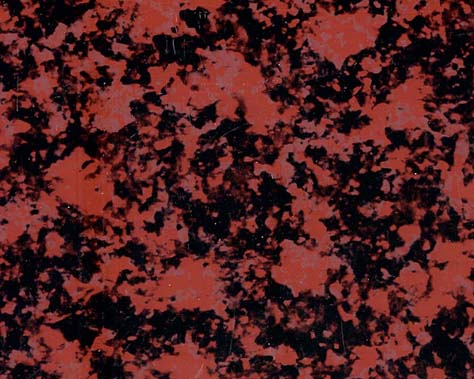
1.Thickness:0.16-2.0mm
2.Width:600-1500mm
3.Material: SGCC,SGCD,SECC,SECD,DX51D+Z
4.Zinc coating:40-275G/M2
5.Surface Structure: galvanized ,zero spangle, regular spangle or normal spangle
6.Surface treatment: chromated and oiled, chromated and non-oiled
7.Color:all RAL series
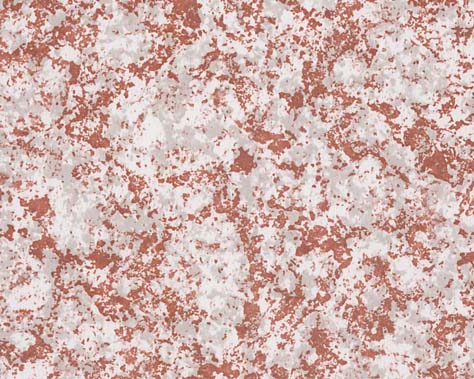
1.Refrigerator shutter &side panels, Washer, Freezers, Air conditions,
2.Rice Cooker, Microwave Ovens, Water Heaters, Sterilization Cabinets, Range Hoods
3.Computer Panels , DVD/DVB panels, TV back panel etc.
Teaching Board: whiteboard, blackboard, green board(chalk board).
Indoor Decoration: Fireproof Door, kitchen cabinet, wall decoration.
Shipping Industries: Ship, Fecht, Marine.
- Q:What are the different methods for painting steel strips?
- There are several different methods for painting steel strips, including spray painting, dip coating, electrostatic painting, powder coating, and hot-dip galvanizing. Each method has its own advantages and is selected based on factors such as the desired finish, durability, cost-effectiveness, and environmental considerations.
- Q:What are the different types of stamping or forming processes for steel strips?
- There are several different types of stamping or forming processes for steel strips. Some common ones include blanking, piercing, bending, deep drawing, and progressive die stamping. Each process has its own unique characteristics and applications in the manufacturing industry.
- Q:How do steel strips compare to other materials in terms of durability?
- Steel strips are highly durable compared to other materials. They have excellent strength, resilience, and resistance to corrosion, making them ideal for various applications where durability is crucial.
- Q:How are steel strips supplied to customers?
- Steel strips are typically supplied to customers in the form of coils or flat sheets, which are produced through a process of hot rolling, cold rolling, or galvanizing. These coils or sheets are then packed and transported to customers through various means such as trucks, ships, or railways, depending on the distance and volume required.
- Q:What are the environmental considerations of using steel strips?
- There are several environmental considerations associated with using steel strips. Firstly, the production of steel involves mining iron ore, which can have detrimental effects on ecosystems and contribute to deforestation. Additionally, the steel manufacturing process requires a significant amount of energy, often derived from fossil fuels, leading to greenhouse gas emissions and air pollution. Moreover, the disposal of steel strips at the end of their life cycle can be challenging as they are not biodegradable and can contribute to landfill waste. However, steel is a highly recyclable material, and using recycled steel strips can help reduce the environmental impact associated with their production.
- Q:How do steel strips perform in low-temperature environments?
- Steel strips perform well in low-temperature environments due to their high strength and durability. They are resistant to brittleness and maintain their structural integrity, making them ideal for applications such as construction, automotive, and aerospace industries in cold climates.
- Q:Are steel strips suitable for making hand tools?
- Yes, steel strips are suitable for making hand tools. Steel is widely used in the manufacturing of hand tools due to its excellent strength, durability, and resistance to wear and tear. Steel strips can be easily shaped and formed into various hand tool designs, such as wrenches, pliers, screwdrivers, and hammers. The hardness of steel makes it ideal for tools that require a sharp cutting edge or a strong gripping surface. Steel strips can be heat-treated to increase their hardness and toughness, providing the necessary strength and durability for heavy-duty applications. Additionally, steel is highly resistant to corrosion, which ensures that hand tools made from steel strips will have a longer lifespan and remain functional even in harsh environments. Furthermore, steel strips can be easily machined or ground to achieve precise dimensions and tolerances required for hand tools. This allows manufacturers to create hand tools with accurate measurements, ensuring proper fit and functionality. Steel is also a cost-effective material, making it a popular choice for producing hand tools that are affordable for consumers. Overall, steel strips are highly suitable for making hand tools due to their strength, durability, resistance to wear and tear, and ease of shaping and forming. Hand tools made from steel strips provide reliable performance, longevity, and affordability, making them a preferred choice for professionals and DIY enthusiasts alike.
- Q:Can steel strips be used in the production of hydraulic systems?
- Yes, steel strips can be used in the production of hydraulic systems. Steel strips are commonly used for manufacturing various components such as tubing, fittings, and brackets that are integral to hydraulic systems. Steel's high strength, durability, and resistance to corrosion make it a suitable material for hydraulic applications.
- Q:How are steel strips leveled or straightened?
- Steel strips are typically leveled or straightened through a process called leveling or flattening. This involves passing the strips through a series of rolls that apply pressure and tension to remove any deformations and ensure their flatness.
- Q:How do steel strips perform in high-temperature applications?
- Steel strips perform well in high-temperature applications due to their excellent thermal conductivity and resistance to thermal expansion. Additionally, steel's high strength and durability allow it to maintain its structural integrity even at elevated temperatures.
1. Manufacturer Overview |
|
|---|---|
| Location | |
| Year Established | |
| Annual Output Value | |
| Main Markets | |
| Company Certifications | |
2. Manufacturer Certificates |
|
|---|---|
| a) Certification Name | |
| Range | |
| Reference | |
| Validity Period | |
3. Manufacturer Capability |
|
|---|---|
| a)Trade Capacity | |
| Nearest Port | |
| Export Percentage | |
| No.of Employees in Trade Department | |
| Language Spoken: | |
| b)Factory Information | |
| Factory Size: | |
| No. of Production Lines | |
| Contract Manufacturing | |
| Product Price Range | |
Send your message to us
Good Quality Printing Steel Plate-Wooden Pattern-0.45*1250 Z80g
- Loading Port:
- China Main Port
- Payment Terms:
- TT OR LC
- Min Order Qty:
- -
- Supply Capability:
- 5000 /month
OKorder Service Pledge
OKorder Financial Service
Similar products
New products
Hot products
Related keywords



